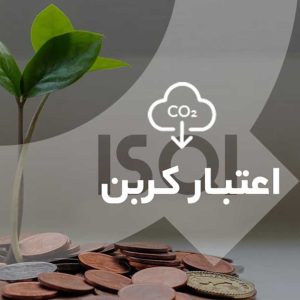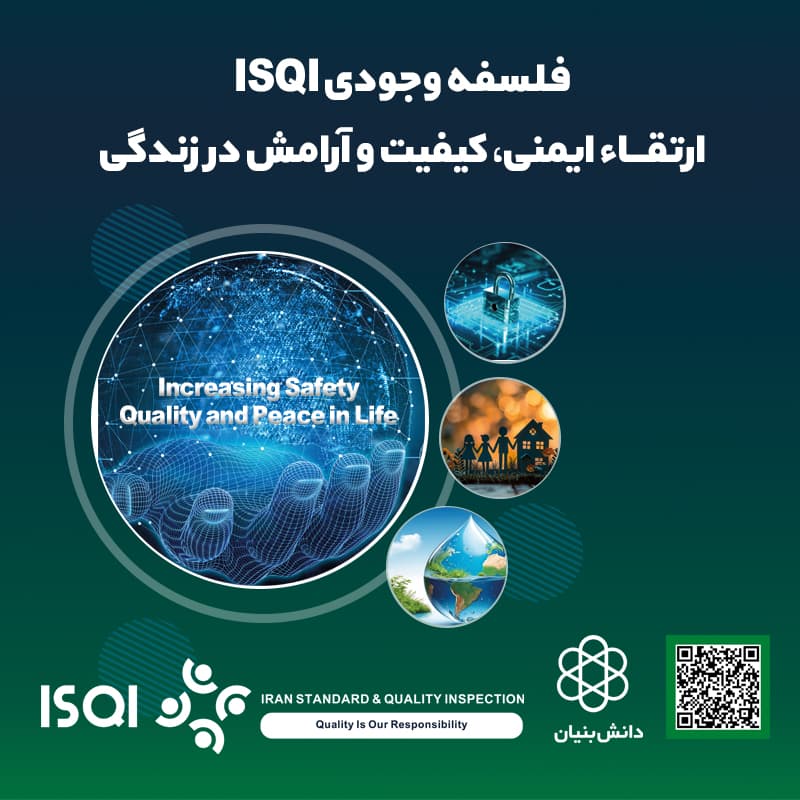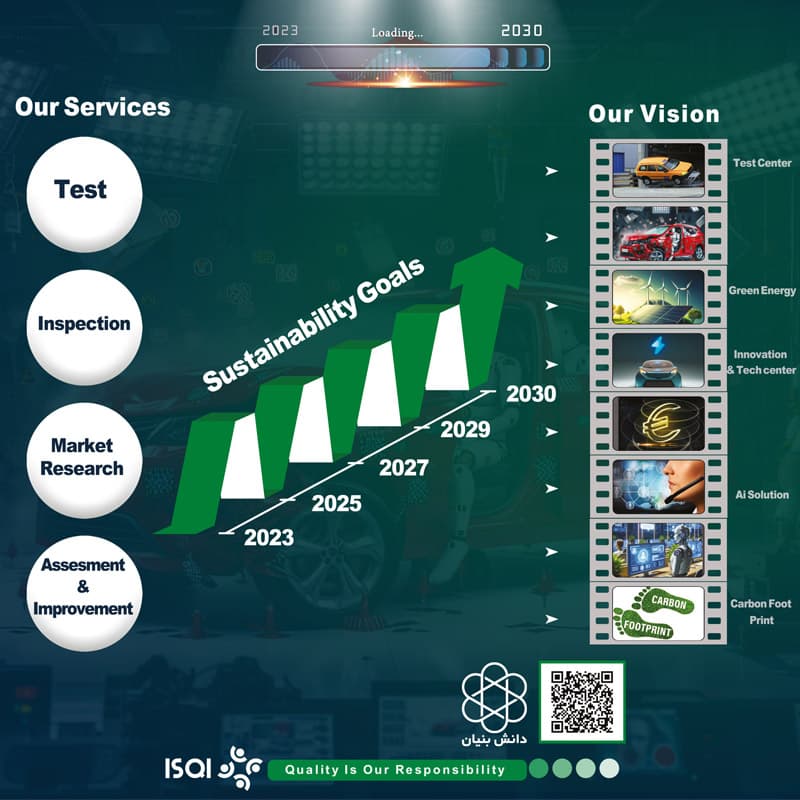In recent years, more and more companies have pledged to help stop climate change by reducing their greenhouse gas emissions as much as they can. However, many businesses cannot completely eliminate their greenhouse gas emissions, or reduce them as much as they would like.
Net zero emission means removing greenhouse gases to the same extent as they enter the air. In many organizations, the use of carbon credits is considered a necessary way to offset the emission of greenhouse gases that cannot be eliminated by other methods.
Carbon credits are a financial instrument that shows the amount of reduction or elimination of greenhouse gas emissions from the atmosphere.
The Main Goals of Carbon Credits:
- Creating economic incentives for organizations and individuals in order to reduce greenhouse gas emissions.
- Buying and selling carbon credits received in the financial markets.
Expected amount of demand for carbon credits:
- By 2030 to more than 15 times
- Up to 100 times by 2050
According to the forecast of two IIF, McKinsey companies will increase.
Expected annual global demand for carbon credits:
- To reach 1.5 to 2 gigatons of carbon dioxide by 2030
- Reach 7 to 13 gigatons of carbon dioxide by 2050
Carbon markets
Types of markets for buying and selling carbon credits
- Mandatory carbon credit markets (compliance markets)
Entities are required to meet emission reduction targets or purchase carbon credits to comply with regulations
- Voluntary markets
These markets are driven by organizations and individuals who voluntarily offset their greenhouse gas emissions.
Among the various carbon credit exchange platforms available, the top four in 2023 are:
AirCarbon Exchange (ACX):
AirCarbon Exchange was launched in Singapore in 2019 as a digital exchange platform for airlines to trade carbon credits. With more than 13 clients, ACX is the simplest and most optimized platform available.
Carbon Trade Exchange (CTX):
Unlike other carbon exchanges, CTX is a member-based spot exchange with multiple participants and is the most cost-effective spot trading exchange.
Toucan Protocol:
This company converts Verified Carbon Units, or VCUs, into cryptocurrency through Toucan’s proprietary bridge. The company allows individuals to convert their carbon footprint into tokens.
Xpansiv:
On Xpansiv’s CBL platform, clients can trade a wide range of carbon offsetting projects from major registries around the world. Xpansiv is currently the dominant player in the market, hosting around 90% of all voluntary carbon credit transactions worldwide.
Types of carbon credits
- Renewable energy credits
- Energy optimization credits
- Afforestation and reforestation credits
- Industrial gas destruction credits
Five main players in carbon markets
- Project developers
- Final buyers
- Retail traders
- Brokers







